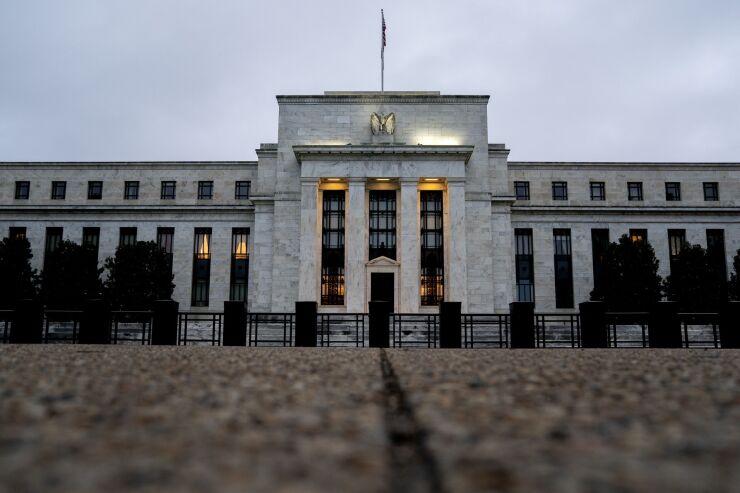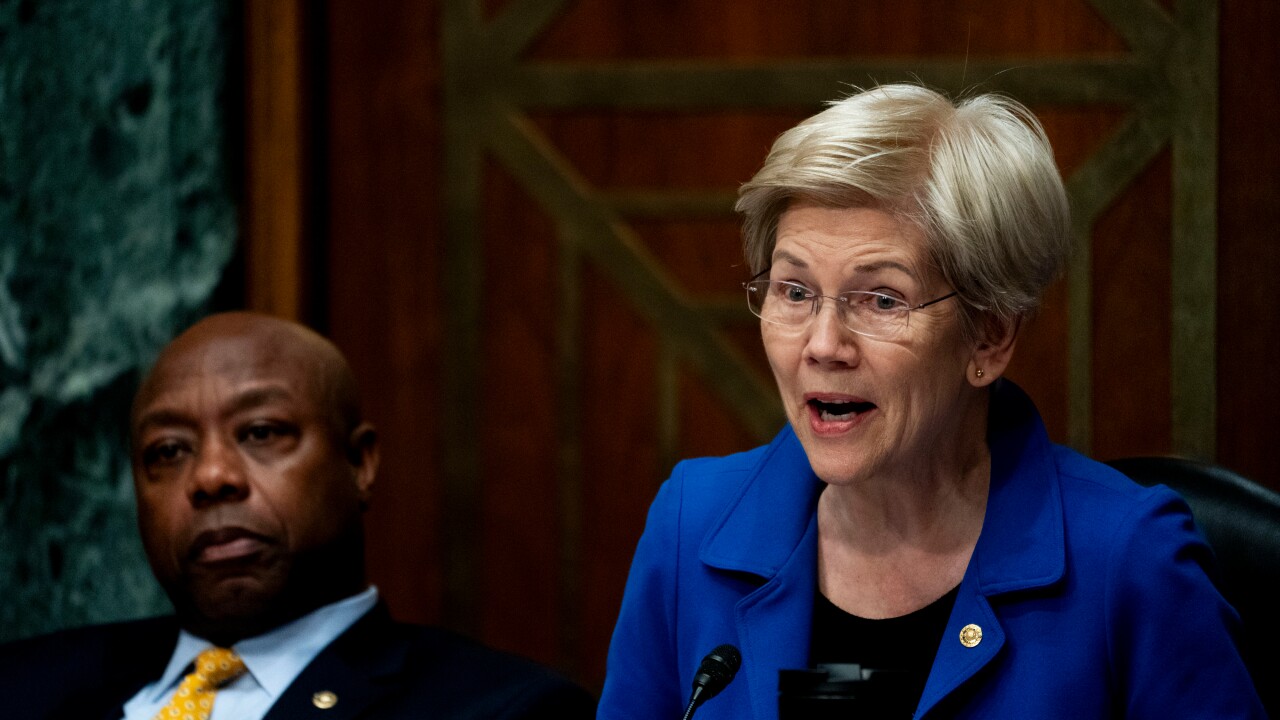
Federal Reserve officials are finally starting to see signs of tariff-induced inflation taking hold in hard economic data, a concern many at the central bank have been warning would emerge for months.
In a Thursday morning speech, Fed Gov. Adriana Kugler said recent data releases — including this week's
"While many forecasters may have been expecting a sooner and sharper increase in overall inflation, there are many reasons to think that larger effects of tariffs are still coming," Kugler said, noting that the brunt of tariff-related inflation has been delayed by a surge of pre-tariff imports and strategic delays by businesses.
In her remarks, delivered at the Housing Partnership Network Symposium, Kugler said additional inflation is "likely" to show up in future readings. Citing this pricing trajectory and what she views as a stable employment market, she advocated keeping interest rates unchanged for "some time."
Kugler is one of several Federal Open Market Committee members to give full backing to the central bank's wait-and-see approach to monetary policy on the grounds of looming inflation. Before
The June CPI report, released on Tuesday, showed headline price growth of 2.7% over the previous year and a core reading — excluding food and energy — of 2.9%. Both readings were above their May levels and trending away from the Fed's 2% target. They also jumped up despite falling services costs, the most persistent category of inflation since the COVID-19 pandemic.
The recent rise in inflation comes at a critical time for Fed policymakers, who are
Meanwhile, President Donald Trump and his allies have
But higher inflation readings have given credence to the Fed's skepticism and have all but locked in a continued pause on rate adjustments during this month's FOMC meeting, which is scheduled for July 28 and 29.
Other Fed officials have also pointed to this week's reports as evidence that the impacts of restrictive trade policies are beginning to manifest.
Federal Reserve Bank of New York President John Williams, in a Wednesday evening speech, said he is seeing clear signs of inflationary pressures on tariff-exposed items such as household appliances, musical instruments, luggage and tableware.
"Using granular import price data and linkages measured through input-output tables, we can see if these patterns occur broadly across categories of goods and services," Williams said. "And in fact, there is a positive relationship between a category's exposure to tariffs and its price increase to date this year relative to its prior trend."
Williams, one of the longest tenured Fed leaders and the vice chairman of the FOMC, said we are still in the "early days" for tariff impacts, noting that while the effective tariff rate for goods is somewhere between 15% and 20%, net revenues from imports this year were around 8% in May. Because of this, he sees further increases coming to pass, barring a course reversal on tariffs.
Williams also endorsed keeping the target range for the federal funds rate — currently between 4.25% and 4.5% — unchanged.
"Maintaining this modestly restrictive stance of monetary policy is entirely appropriate to achieve our maximum employment and price stability goals," he said. "It allows for time to closely analyze incoming data, assess the evolving outlook, and evaluate the balance of risks to achieving our dual mandate goals."
During an appearance at the Brookings Institution in Washington, D.C., on Wednesday, Fed Gov. Michael Barr expressed concern about the recent uptick in inflation, particularly within durable goods categories.
"You don't want to make too much of one month's data, but it is something we're watching and we need to look over the next bit of time to really understand how tariffs are going to pass through to prices, whether that price effect might continue for some time or be a one-time effect," Barr said. "We really need to wait and see how the data come in, how that data affect our evolving outlook."
Federal Reserve Bank of Dallas President Lori Logan,
In light of the most recent inflation readings, Logan said she is not convinced that prices will remain stable as new trade policies ripple through the economy.
"All this adds up, for me, to a base case in which monetary policy needs to hold tight for a while longer to bring inflation sustainably back to target — and in this base case, we can sustain maximum employment even with modestly restrictive policy," she said.
Other central bank officials have been more vocal about their desire to lower rates sooner. Fed Vice Chair for Supervision Michelle Bowman and Gov. Christopher Waller have both said they would be open to cuts as soon as this month. Neither has weighed in yet on how this week's inflation readings have affected their thinking.






